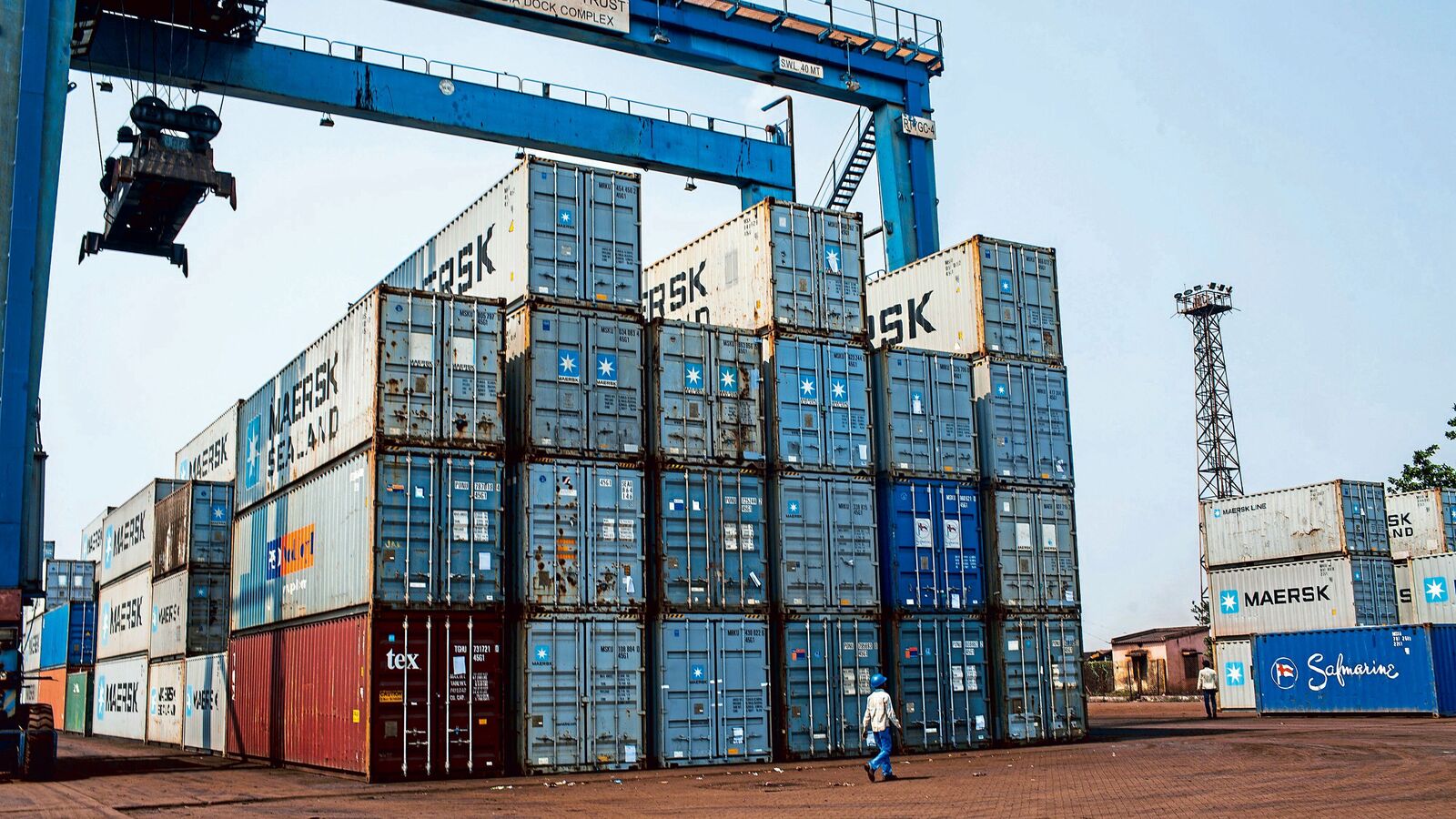The Current State of India’s Manufacturing Sector: An In-Depth Analysis
In September, the seasonally adjusted HSBC India Manufacturing Purchasing Managers’ Index (PMI) experienced a decline, dropping to an eight-month low of 56.5 from 57.5 in August. This figure highlights that, while the manufacturing sector is still expanding, the pace of growth has softened. A PMI reading above 50 indicates expansion, while a reading below 50 denotes contraction. The latest PMI survey report reveals that this downturn signals challenges for manufacturers as growth slows across various segments.
Key Challenges Facing the Manufacturing Sector
The data indicates several pain points in the manufacturing landscape. Chiefly, rates of expansion in factory production and sales have decreased for the third consecutive month in September. Furthermore, export orders are rising at the slowest pace observed in the last 18 months. While domestic manufacturing demand is expected to benefit from the impending festival season, challenges persist on the export front due to subdued global economic conditions and ongoing geopolitical tensions.
Impact of Global Trends on Exports
Recent insights from Nomura Global Markets Research suggest a potential decline in Asian exports in the coming months. Their leading index for Asian exports fell from 103.1 in September to 99.5 in October, marking the most significant decline in 23 months. Notably, the index assesses nine components and incorporates a three-month lead time. The downturn is largely attributed to weakening import demands from China and declining Purchasing Managers’ Indexes (PMIs) in emerging markets. As laid out by Nomura, this decline correlates with concerns around Germany nearing a recession, persistent weak demand in China, and contraction within the US manufacturing sector.
Regional Comparison and India’s Position
The challenges regarding subdued exports are not isolated to India. The New Export Orders index for Southeast Asian nations remains firmly in the contraction zone, registering at 45.2 in September. By contrast, India maintains a reading of 52.9, still within the expansion zone, albeit lower than August’s figures. Nonetheless, continued weakness in goods exports could hinder India’s positive growth narrative, particularly given its more favorable macroeconomic position compared to other Asian counterparts.
| Month | PMI Reading | Trade Deficit (in billion USD) |
|---|---|---|
| August | 57.5 | XX.XX |
| September | 56.5 | XX.XX |
Trade Deficit Concerns
In August, India witnessed a trade deficit that surged to a 10-month high, primarily driven by declining merchandise exports alongside record-high import levels. This widening trade gap is anticipated to persist, fueled by ongoing weaknesses in goods exports. The Capital Economics report emphasizes the challenges faced by Indian manufacturers as they struggle to compete with their Chinese rivals. Over the period from April to August in FY25, India’s merchandise export growth stood at a mere 1.1%, a stark contrast to the decline recorded in the previous year.
According to Gaura Sen Gupta, an economist at IDFC First Bank, the expectation is that merchandise export growth will continue to remain subdued due to the economic slowdown in developed markets. That said, India’s GDP growth for FY25 is projected to be primarily driven by domestic demand and a potential revival of rural consumption. However, the drag from net imports is expected to intensify, with domestic demand likely to remain stronger than external demand.
Future Outlook for Manufacturing
As the PMI survey reveals input cost pressures increased in September, manufacturers reported higher costs for chemicals, packaging, plastics, and metals. This has precipitated some price hikes in the market, although these increases have remained moderate and in line with the rise in input costs. Presently, around 23% of manufacturers in India anticipate output growth in the upcoming year, while the majority predict stability in their operations. As a result, the Future Output Index, which measures overall business confidence, fell to its lowest level since April 2023.












